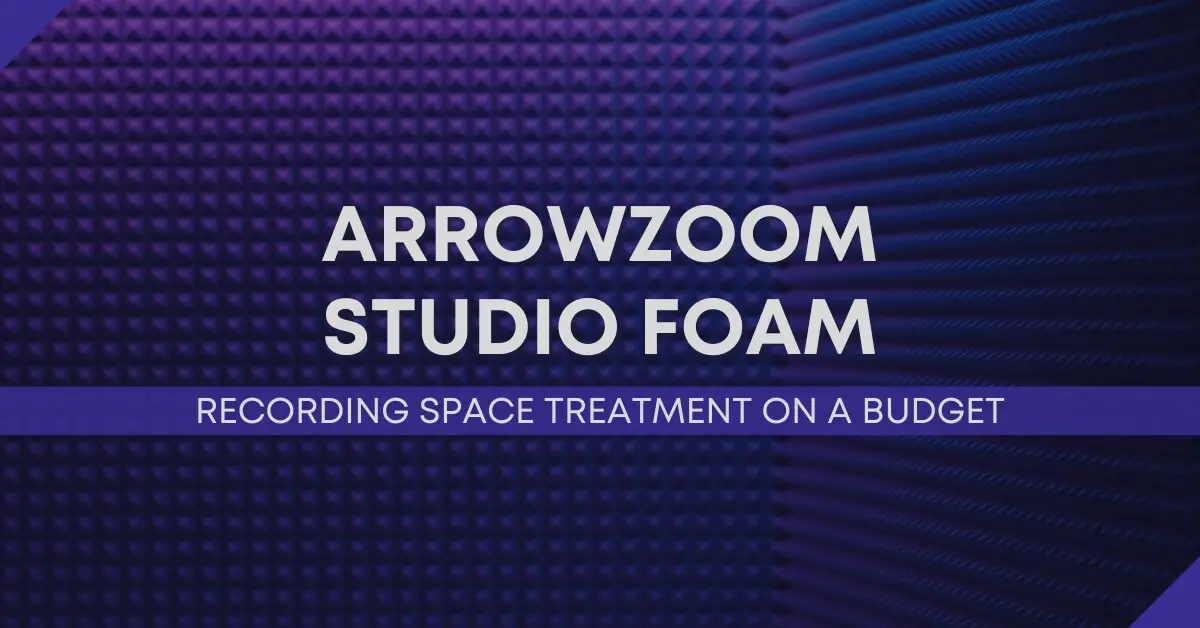
Arrowzoom provides affordable and diverse acoustic foam panels and adhesives for studio sound improvement.
Related Article: Acoustic Panels: 5 Great Options To Maximize Sound Absorption
Related Article: Bass Traps: The Secret to Making Your Room Sound Better
Studio foam is a type of acoustic treatment made from polyurethane or melamine foam designed to absorb unwanted sounds and reduce reverberation in recording studios, home theaters, and other spaces where sound quality is crucial.
Studio foam is specifically engineered for acoustic applications, with higher density and more effective sound absorption properties compared to regular foam. It often features specialized shapes, such as wedges or pyramids, to maximize sound absorption.
The placement of studio foam depends on the specific acoustics of the room and the source of sound. Generally, it should be placed at reflection points on walls, ceilings, and sometimes floors, as well as around the listening or recording area to optimize sound quality.
The amount of studio foam needed varies based on the size of the room and its acoustical properties. A common guideline is to cover 20-30% of the room's surfaces, but this can vary. It's best to start with key areas and adjust based on listening tests.
Yes, studio foam can be relatively easy to install using adhesive strips, spray adhesive, or mounting hooks, depending on the type of foam and the surface it is being attached to. However, careful planning of the layout is important for optimal results.
"Some of the links within this article are affiliate links. These links are from various companies such as Amazon. This means if you click on any of these links and purchase the item or service, I will receive an affiliate commission. This is at no cost to you and the money gets invested back into Audio Sorcerer LLC."